28 Aug 2017
Preventive health and welfare in horses: what to tell owners
Liz Mitchell discusses setting up individual and yard health plans with equine owners to help prevent disease spread.
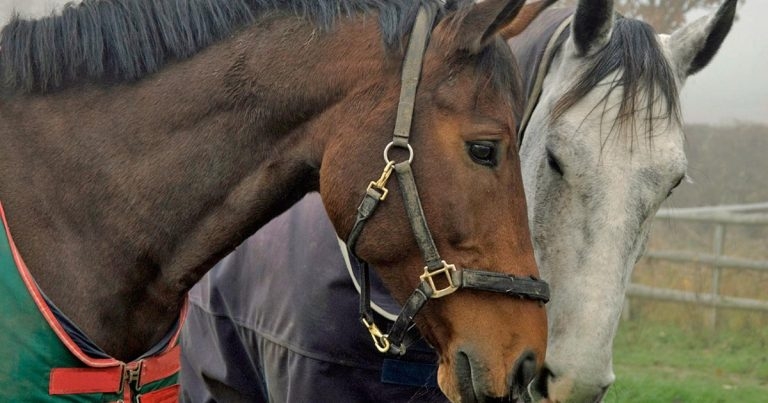
We need to drive the preventive health message to equine yards and ensure they have a biosecurity plan to prevent the introduction and spread of infectious, exotic and notifiable diseases.
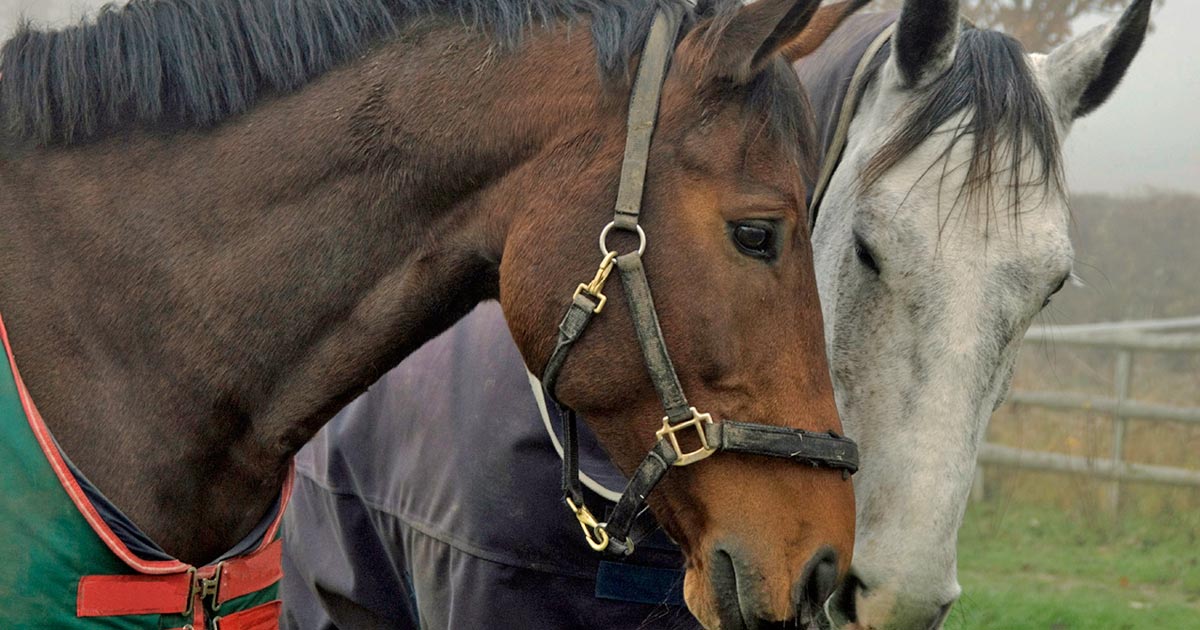
Over the years, the role of the vet has moved from individual animal diagnosis and treatment to a consultancy type service: designing group health plans, providing information on diseases and their prevention, management and treatment, and advice on husbandry practices.
In the equine industry, with many individual owners – and a significant proportion of them inexperienced – it is unlikely the equine vet role will ever completely shift to consultancy. However, it is essential we are proactive in our approach to preventive health care, and position ourselves as the key source of advice and point of reference on all matters of equine health and welfare.
Biosecurity planning
In farm animal practice, herd and flock health plans are commonplace. We need to drive the preventive health message to equine yards and ensure they all have a biosecurity plan in place to prevent the introduction and spread of infectious, exotic and notifiable disease. These diseases are costly both to the welfare of the horses and in financial terms to equine business.
Biosecurity planning should be a service offered to all yard owners and incorporate an annual visit to look around the premises, identify risk factors and suggest changes to improve biosecurity. This visit would normally entail one to two hours of veterinary time and efficiency can be improved by using a specifically designed form with tick boxes. While a potential major financial benefit to the yard owner exists, the equine industry has yet to fully accept the concept of paying for veterinary advice and, therefore, it is recommended initially these are performed free of charge or at a nominal fee. The benefits to the practice will be in improved client bonding, vaccine sales and disease testing.
The first step of biosecurity planning involves assessing the yard’s individual risk level based on answers to questions on the size, composition and activities of the yard; this will also serve to highlight particular risk factors. Based on the risk assessment, an appropriate biosecurity plan can be designed with input from the yard owner containing standard procedures and rules for the yard (Panel 1).
- Assess the individual risk level and particular risk factors.
- Produce a biosecurity plan with procedures and rules for the yard.
- Preparation: ensure all equipment and facilities are in place to allow all staff and horse owners to easily follow the plan.
- Education: educate the yard owner on symptoms of infectious disease. Yard owners should educate all employees and horse owners on the relevant codes of practice, and display copies of the rules and reminder notices in relevant areas.
- Audit: yard owners should regularly check all biosecurity procedures are being completed properly.
- Reassessment: the plan should be reassessed on an annual basis, or following the outbreak of disease, to highlight any new areas of risk and assess the success of the plan.
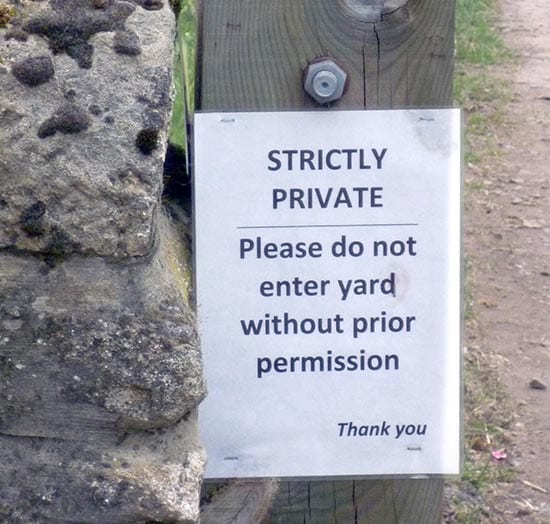
The prevention of contagious disease involves attention to the following areas: adopting good hygiene practices, operating a strict policy for the introduction of new horses to the yard and use of vaccination policies. As part of this planning process, the practice should provide access to materials in the form of fact sheets, booklets, websites or apps, with detailed information on the signs and symptoms of infectious diseases, and how to handle a suspected outbreak of infectious disease.
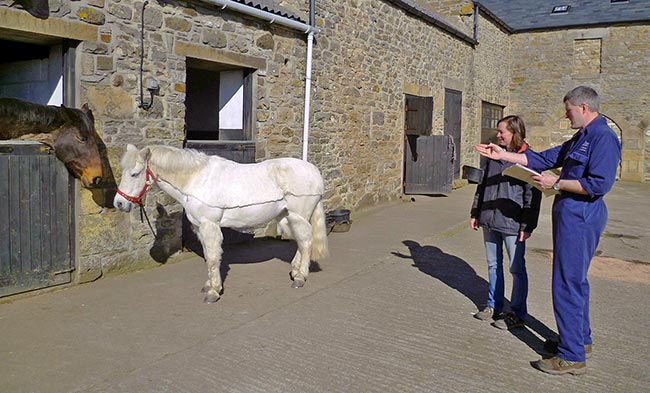
Individual and yard health plans
To position ourselves centrally with regard to equine preventive health and welfare, it is important to become actively involved in individual horse and yard preventive health planning. A survey by Horse and Hound suggested 62% of horse owners used their vet as their primary source of advice about equine preventive health care1.
Health plans have proved very successful in small animal practice, but while many equine practices offer – or have trialled – this service, many report only limited uptake levels. What is offered as part of health plans varies greatly between practices, but normally includes a questionnaire on management practice (such as the BEVA pro forma), a written report of recommendations, a full clinical examination and lameness assessment, and routine haematology and biochemistry. Additionally, vaccination, dental and worming services may be included or discounted.
Providing a graded system in which differing levels of service are provided can be used to widen their appeal and a fixed monthly premium can appeal to clients wishing to spread costs and help practice cash flow. An alternative approach used successfully involves offering the plans at a discounted single fee only in the quieter winter months, such as autumn for geriatrics and pre-season for competition animals. This can assist in spreading practice income and workload. The practice benefits for further investigative work or follow-up tests, and retaining control of routine procedures such as vaccination, dental work and worming, can be achieved through using health plans.
Vaccination
All equine vaccines are prescription only; therefore, as vets, we have sole responsibility for the administration and supply of these products. As a result, we must also take responsibility for the education of the horse-owning community on the importance and efficacy of vaccination in disease prevention.
The majority of the competition horse population is vaccinated against equine influenza in the UK. However, much of the leisure horse population (estimated 60%) is not vaccinated and can act as a virus reservoir. We should strive to achieve influenza and tetanus vaccination in all registered horses, ponies and donkeys.
Frequent education campaigns on the welfare and economic impacts on individuals and the industry as a whole, and the use of vaccination amnesties and vaccination reminder systems can all help drive an increase in vaccinations. Some practices have made vaccination for influenza and tetanus a prerequisite for registration for veterinary services. Vaccination for equine herpes virus should additionally be promoted to all breeding and competition yards.
The protection provided from virus infection has been shown to correlate with the similarity of the vaccine to the infecting virus strain2; therefore, practices should give consideration to providing a vaccine containing up-to-date strains and vaccine technology, as recommended by the World Organisation for Animal Health surveillance panel3.
Worming
Research has shown many horse owners do not have an adequate understanding of effective worming practices and do not seek worming advice from their vet4,5.
We are best placed to provide effective worming advice, but this requires a proactive approach to change client practices. The provision of a full range of services – including worming plans, reminder services, competitively priced worming medications and worm egg counts – are important. Despite messages from all spheres, including industry, many horse owners are not using worm egg counts and good pasture management practices.
A study showed 80% of worm eggs are excreted by approximately 11% of the population6, demonstrating the benefit of worm egg counts to identify these high shedders. The use of a targeted approach of treatment only on the basis of a high egg count can bring significant cost savings to the client7 and help in the prevention of resistance through the preservation of refugia.
Practices should actively promote this targeted approach. Strategies that may improve the uptake of worm egg counts include education campaigns, annual worming charge, discounted group rates and the incorporation of free worming medications for horses with high counts.

Preventing lameness and injury
In the equine athlete, consideration should be given to routine monitoring to assist in the prevention of lameness and injury. Strain of the superficial digital flexor tendon is common in racehorses and event horses8,9, and ultrasound evaluation can be an accurate tool in the identification of tendon pathology.
Poor foot balance frequently contributes to lameness, and long toe and low heel conformation are linked to an increased risk of injury in race horses10,11. The incorporation of routine foot balance monitoring x-rays and meeting with the horse’s farrier can help achieve optimal foot balance and performance.
Welfare
As vets, we are all aware our responsibility to equine welfare. In cases of obvious neglect and suffering our role is clear; however, cases exist when action and intervention can be more complicated – for example, when dealing with the much-loved overweight pony. In such cases, time must be spent educating the owner with a firm tactful approach.
It is important to engage livery yard owners to also take responsibility for the welfare of all the horses on their yards, and use tactful intervention when veterinary advice should be sought and when husbandry practices are compromising welfare, including cases of overweight and underweight horses, and those with inadequate environmental stimulation.
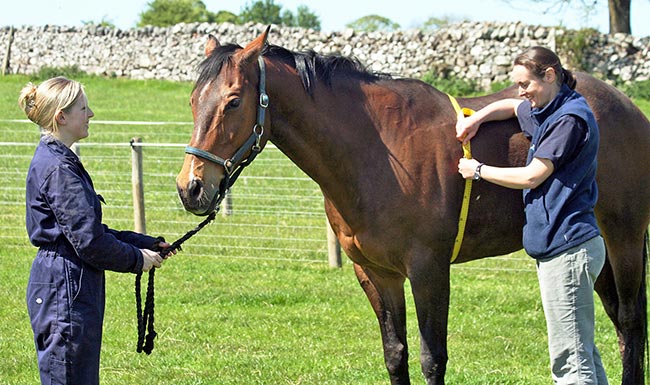
Summary
Using the strategies of client education and the implementation of preventive health care and biosecurity planning, we can have a positive impact on horse welfare through the prevention of illness and injury.
References
- Horse and Hound (2015). Online survey emailed to Horse and Hound database.
- Yates P and Mumford JA (2000). Equine influenza vaccine efficacy: the significance of antigenic variation, Veterinary Microbiology 74(1-2): 173-177.
- World Organisation for Animal Health (OIE; 2016). OIE expert surveillance panel on equine influenza vaccine composition, http://bit.ly/2cZFYA4
- Relf VE, Morgan ER, Hodgkinson JE and Matthews JB (2012). A questionnaire study on parasite control practices on UK breeding Thoroughbred studs, Equine Veterinary Journal 44(4): 466-471.
- Stratford CH, Lester HE, Morgan ER, Pickles KJ, Relf V, McGorum BC and Matthews JB (2014). A questionnaire study of equine gastrointestinal parasite control in Scotland, Equine Veterinary Journal 46(1): 25-31.
- Relf VE, Morgan ER, Hodgkinson JE and Matthews JB (2013). Helminth egg excretion with regard to age, gender and management practices on UK Thoroughbred studs, Parasitology 140(5): 641-652.
- Lester H, Bartley D, Morgan E, Hodgkinson J, Stratford C and Matthews J (2013). A cost comparison of faecal egg count-directed anthelmintic delivery versus interval programme treatments in horses, Veterinary Record 173(15): 371.
- Avella CS, Ely ER, Verheyen KL, Price JS, Wood JL and Smith RK (2009). Ultrasonographic assessment of the superficial digital flexor tendons of National Hunt racehorses in training over two racing seasons, Equine Veterinary Journal 41(5): 449-454.
- Singer ER, Barnes J, Saxby F and Murray JK (2008). Injuries in the event horse: training versus competition, The Veterinary Journal 175(1): 76-81.
- Pinchbeck GL, Clegg PD, Proudman CJ, Stirk A, Morgan KL and French NP (2004). Horse injuries and racing practices in National Hunt racehorses in the UK: the results of a prospective cohort study, The Veterinary Journal 167(1): 45-52.
- Balch OK, Helman RG and Collier MA (2001). Underrun heels and toe-grab length as possible risk factors for catastrophic musculoskeletal injuries in Oklahoma racehorses, Proceedings of American Association of Equine Practitioners 47: 334-338.
